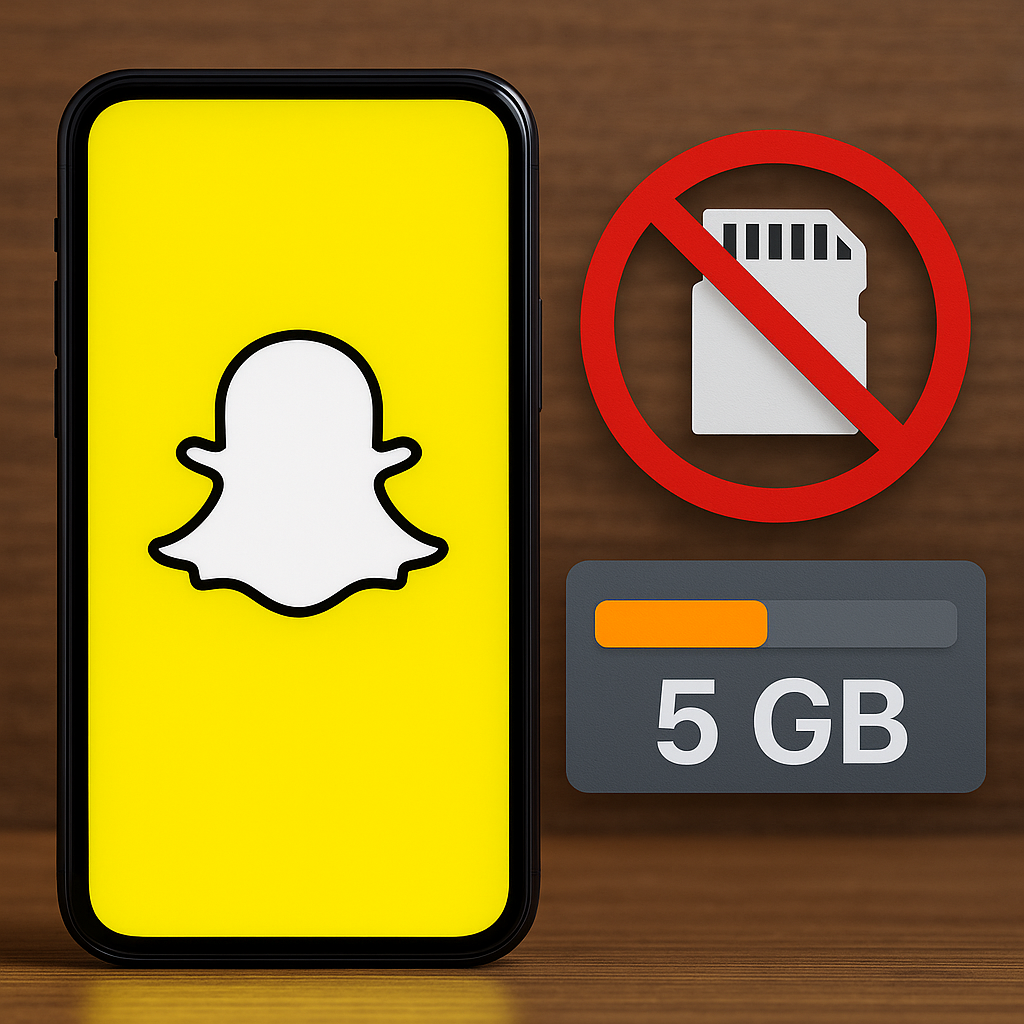$7.25 is the federal minimum wage of the USA. $11.18 is the average state minimum wage in 2025. Minimum wage is defined as the minimum amount of money a worker can be paid by their employer. A large amount of America’s population receive minimum wage.
Minimum wage was first introduced in the early 1900’s. It was initially put into play when workers wanted fair pay. Back then, it was 25 cents an hour. Thankfully, over the years it increased, but only to an extent. As said before, while the federal minimum wage stays $7.25, a lot of states set a higher, more competitive wage. For example California’s minimum wage is $16 an hour while here in Ohio is only $10.70.
Debates spark over minimum wage being not enough to live off. This side of the argument states that workers should be able to afford housing, food, and healthcare without needing assistance or struggle. On the other hand, increasing wages might interfere with small businesses by forcing them to let off people, becoming low staffed. It is also argued that a higher minimum wage might take away certain job opportunities for less experienced young people who also need the money.
For many students, minimum wage troubles them. Some minimum wage jobs, such as retail, food, and customer service are always some of people’s first jobs, and get them into the workforce. Their pay determines transportation, including gas, and saving for college. A lot of students can agree that raising the minimum wage would make it easier to balance work, school, sports and even extracurricular activities.
This debate over minimum wage is not going anywhere anytime soon. Prices will continue to rise. This ultimately makes people think what kind of economy they want to live in, because as prices rise, the cost of living rises right with it. The solution of hiring minimum wage would fix many economic problems for a wide range of people. The future of America’s workforce depends more than earning the minimum wage, but getting what workers deserve.
































